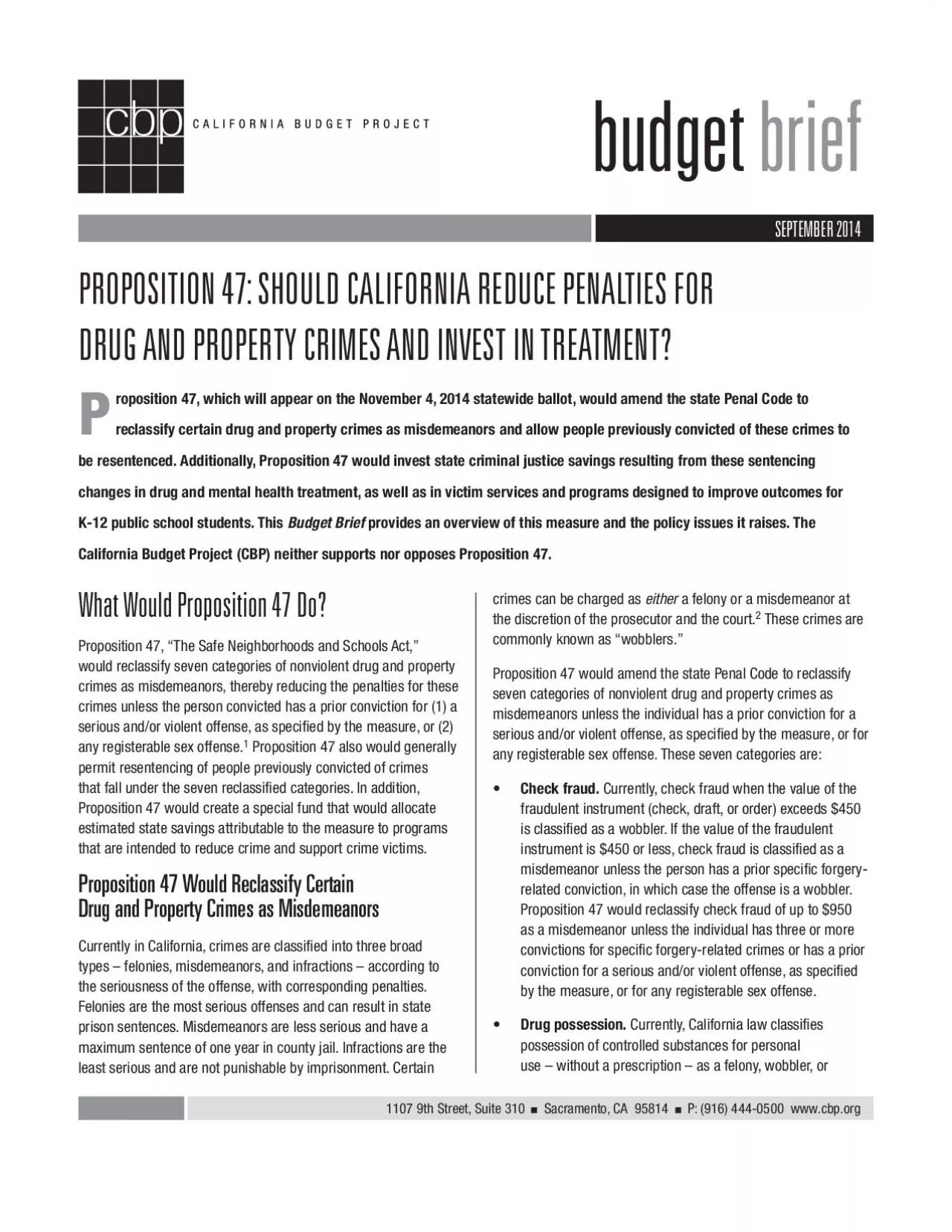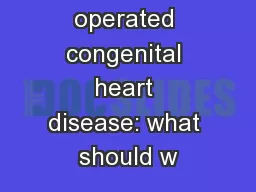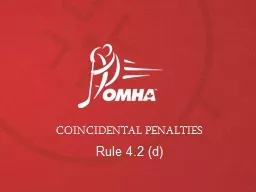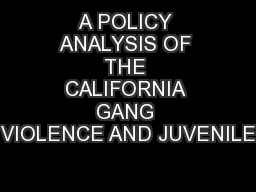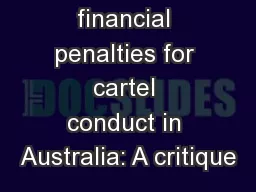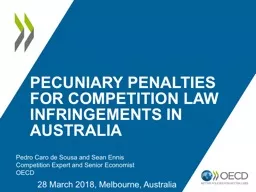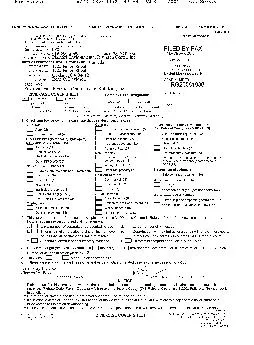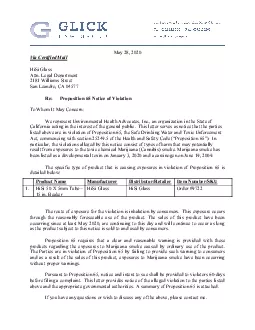PDF-PROPOSITION 47 SHOULD CALIFORNIA REDUCE PENALTIES FOR DRUG AND PROPER
Author : caitlin | Published Date : 2021-05-15
P roposition 47 which will appear on the November 4 2014 statewide ballot would amend the state Penal Code to reclassify certain drug and property crimes as misdemeanors
Presentation Embed Code
Download Presentation
Download Presentation The PPT/PDF document "PROPOSITION 47 SHOULD CALIFORNIA REDUCE ..." is the property of its rightful owner. Permission is granted to download and print the materials on this website for personal, non-commercial use only, and to display it on your personal computer provided you do not modify the materials and that you retain all copyright notices contained in the materials. By downloading content from our website, you accept the terms of this agreement.
PROPOSITION 47 SHOULD CALIFORNIA REDUCE PENALTIES FOR DRUG AND PROPER: Transcript
Download Rules Of Document
"PROPOSITION 47 SHOULD CALIFORNIA REDUCE PENALTIES FOR DRUG AND PROPER"The content belongs to its owner. You may download and print it for personal use, without modification, and keep all copyright notices. By downloading, you agree to these terms.
Related Documents

